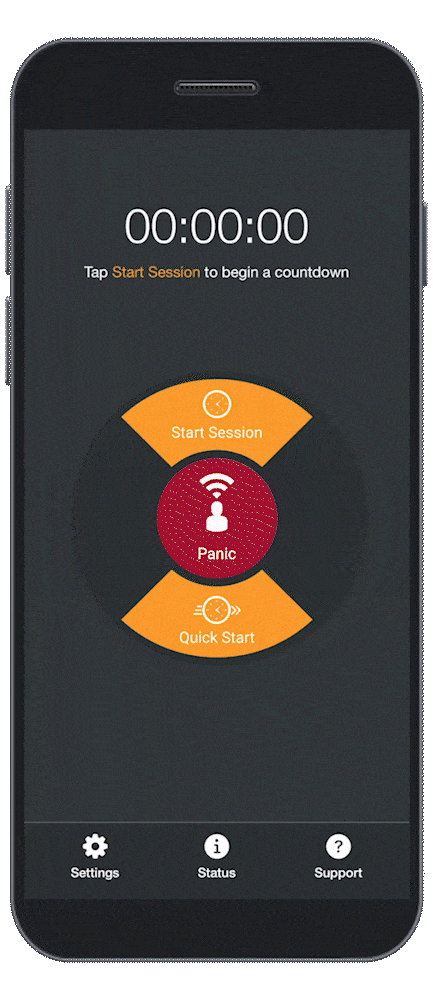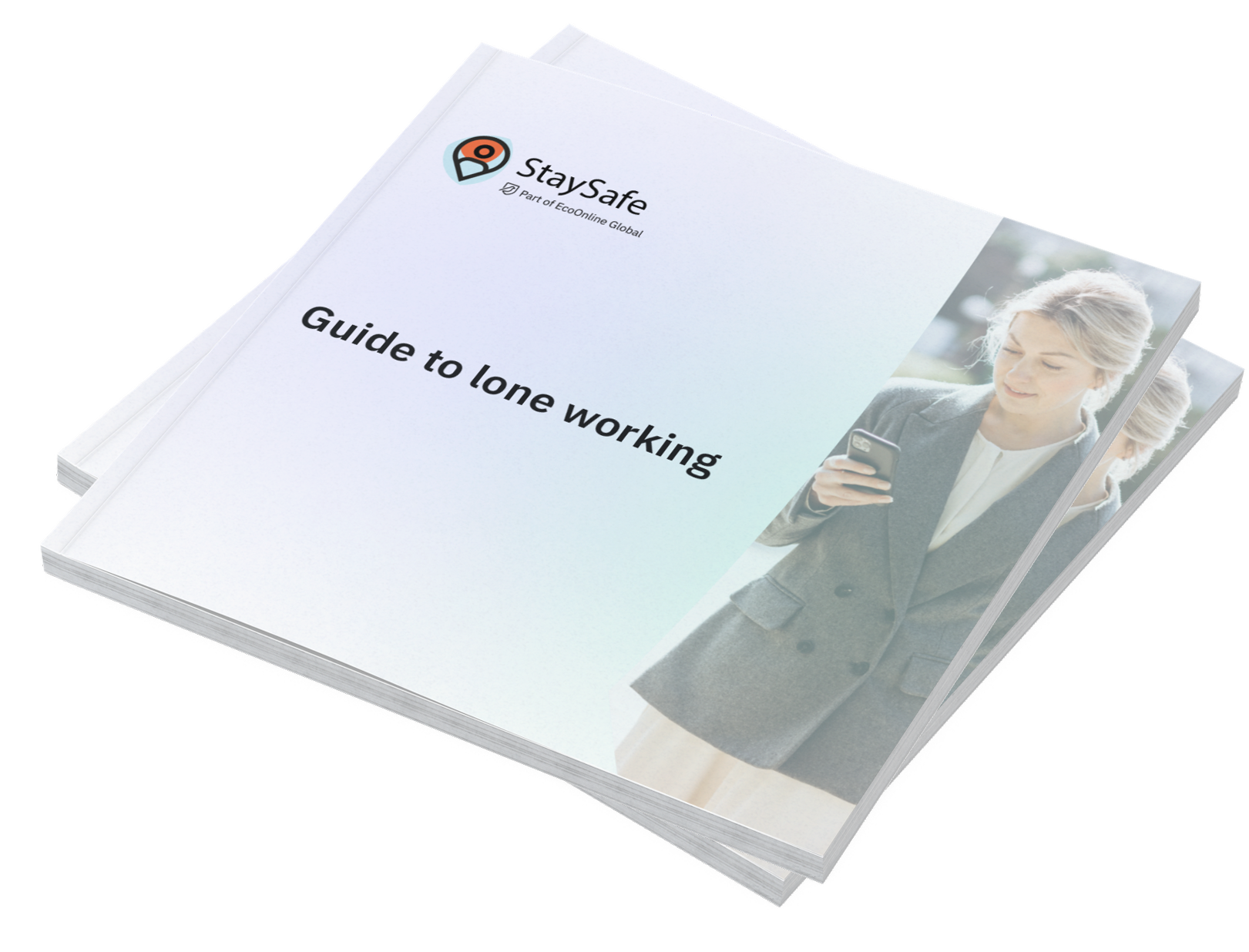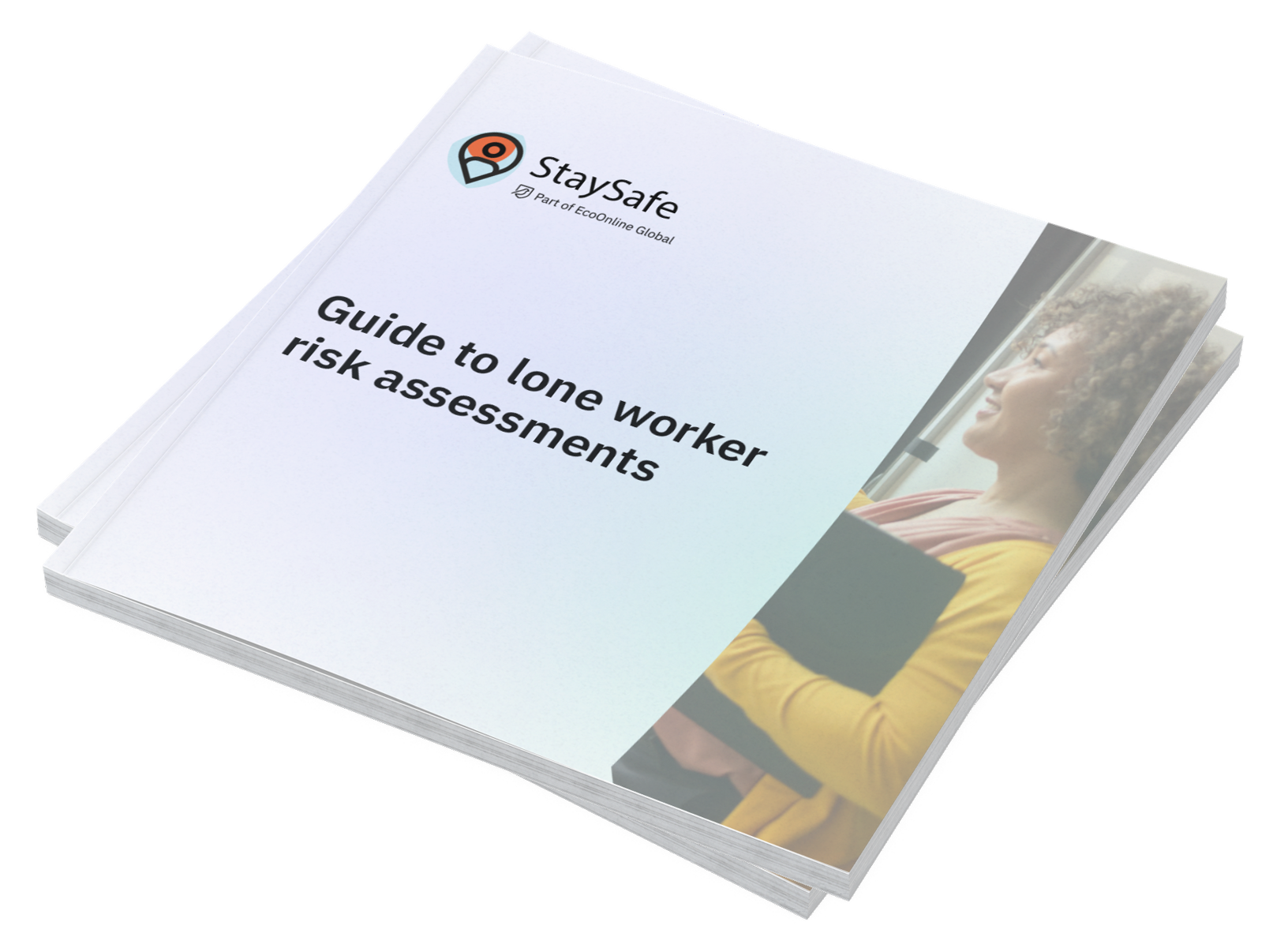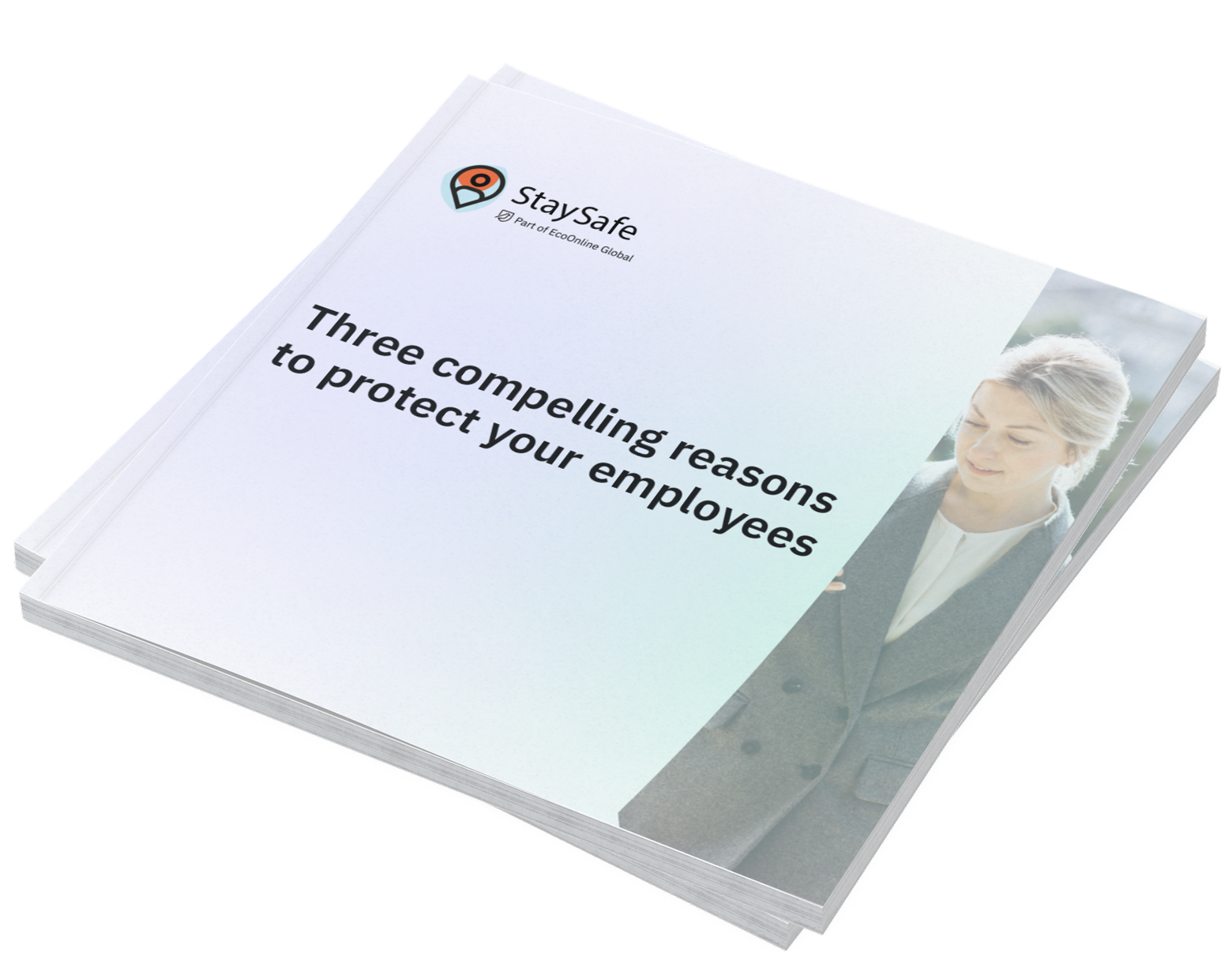How to protect health and social care lone workers
The latest Berg Insight report indicated there are 53 million lone workers across the US, Canada, and Europe today, making up 15% of all workforces. Many of these lone workers are employed within the health and social care sector. With Forbes reporting that 97% of assaults are by patients, the inherent risks of lone working are considerable.
What are the risks for a lone worker?
Lone working has a higher risk factor for a number of reasons, especially when it comes to outreach workers such as community nurses, paramedics, and occupational health care workers.
Outreach workers may be more susceptible to attack because they are seen as an easy target. The risks of entering a patient’s home are numerous, but it’s a risk health care workers take everyday as part of their duty of care. These risks to lone workers include:
Violence and aggression
Violence and aggression towards healthcare workers is unfortunately common. According to the same Forbes report, 47% of physicians stated they had experienced physical violence from patients, with a further 71% having witnessed a colleague being assaulted.
Working away from immediate support, and entering unknown environments with potentially volatile patients or visitors, means if a health care worker is attacked, it is more difficult to get help.
Environmental risk
Working within the community and in patients’ homes can leave lone workers exposed to common hazards such as slips, trips and falls. According to Injury Facts, 42,114 people died in falls at home and at work in 2020. With patients’ homes not requiring Health and Safety Regulations, health and social outreach workers are inherently more at risk of environmental-based hazards and accidents.
Driving
Travelling on the road is one of the greatest risks to workers every day, with lone workers often having greater commuting distances between appointments. According to the US Department of Transport there were 20,160 deaths as a result of road traffic accidents in the first half of 2021, a 18.4% increase on the previous year.
Driving to patients’ homes and to clinics adds to the risk healthcare workers face as part of their daily duties.
Creating a safe work environment
The CDC reported that home healthcare has an employee turnover rate of 75%. Once the risks to lone workers are known, steps can be taken to ensure their personal safety and create clear guidance and practices within the workplace and workforce.
Whilst elements such as access issues within a patient’s property cannot always be known beforehand, the risks to lone workers can be managed. Health and social care workers can coordinate with their employers to ensure maximum safety when out in the community, and travelling between appointments.
Within health and social outreach, lone workers aren’t limited to community workers, nurses and doctors working night shifts, or nursing home carers may also find themselves working alone or away from the immediate support of colleagues. Creating a safe working environment is important, and the knowledge that help can be easily reached when in isolated situations, can offer peace of mind, and support employees to make safer decisions.
Creating a safe work environment
The CDC reported that home healthcare has an employee turnover rate of 75%. Once the risks to lone workers are known, steps can be taken to ensure their personal safety and create clear guidance and practices within the workplace and workforce.
Whilst elements such as access issues within a patient’s property cannot always be known beforehand, the risks to lone workers can be managed. Health and social care workers can coordinate with their employers to ensure maximum safety when out in the community, and travelling between appointments.
Within health and social outreach, lone workers aren’t limited to community workers, nurses and doctors working night shifts, or nursing home carers may also find themselves working alone or away from the immediate support of colleagues. Creating a safe working environment is important, and the knowledge that help can be easily reached when in isolated situations, can offer peace of mind, and support employees to make safer decisions.
The benefits of the lone worker app
Personal safety for lone workers is essential, and can greatly reduce workplace stress when outreach workers know they are not alone, and help can get in an emergency.
The StaySafe lone worker app offers employers and lone workers 24/7 protection wherever they are. The app is a simple solution that can be connected to wearable tech, meaning whatever the job or situation, lone workers can focus on the job at hand, knowing that should the worst happen, help is at their fingertips.
Benefits of a lone working solution include:
-
a cloud-based hub to accurately locate lone workers, and provide real-time updates on their welfare status and location
-
the ability to check-in safely at regular intervals, plus adding extra details into the notes sections about who they are meeting and where
-
a way for to signal for help through the panic button, or from missed check-in alerts, both of which are instantly visible in the hub
For more information on the lone worker app by StaySafe, download our free guide to lone working in the healthcare industry today. Or to start your FREE 14-day trial, book your demo today.
Are you protecting your lone workers?
Our comprehensive guide covers everything you need to know about lone working.
From identifying the lone workers in your organization, to the risks they face in different environments, our lone worker guide will ensure you know how to keep your staff protected and meet your legal duty of care.
Yes, review policy
Explore our range of lone worker solutions
See StaySafe in action
- 2 week free trial
- See how employees can use the app to check-in & send alerts
- See realtime updates in the monitoring hub

Rachel Bridge
Rachel joined StaySafe in August 2021, during that time she has developed many resources on lone worker guidance, health and safety, as well as running sector specific campaigns for employers. Before joining StaySafe, Rachel worked in the automotive and third sectors, specialising in content marketing.
Having qualified as a youth and community worker in 2010, Rachel deeply understands the importance of lone worker safety. Outside of work, Rachel “enjoys” watching football, and dying her hair pink, which she also does for charity once a year.
Guide to Lone Working
A comprehensive lone worker guide for employers, managers and the self employed.
Lone Worker Risk Assessment
Three Questions to Ask When Purchasing a Lone Working Solution
Find out more about StaySafe solutions

Lone Worker App
Our intuitive app allows employees to check in safely following a lone working session and raise an alert in an emergency.

Cloud Based Monitoring Hub

Wearable Technology













